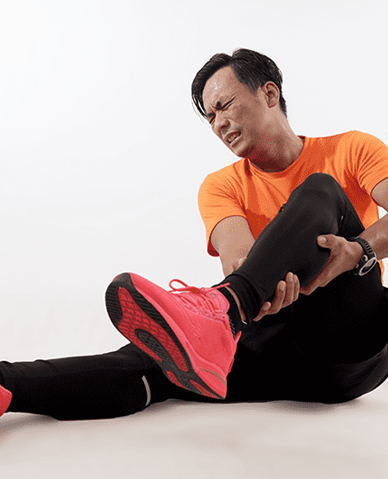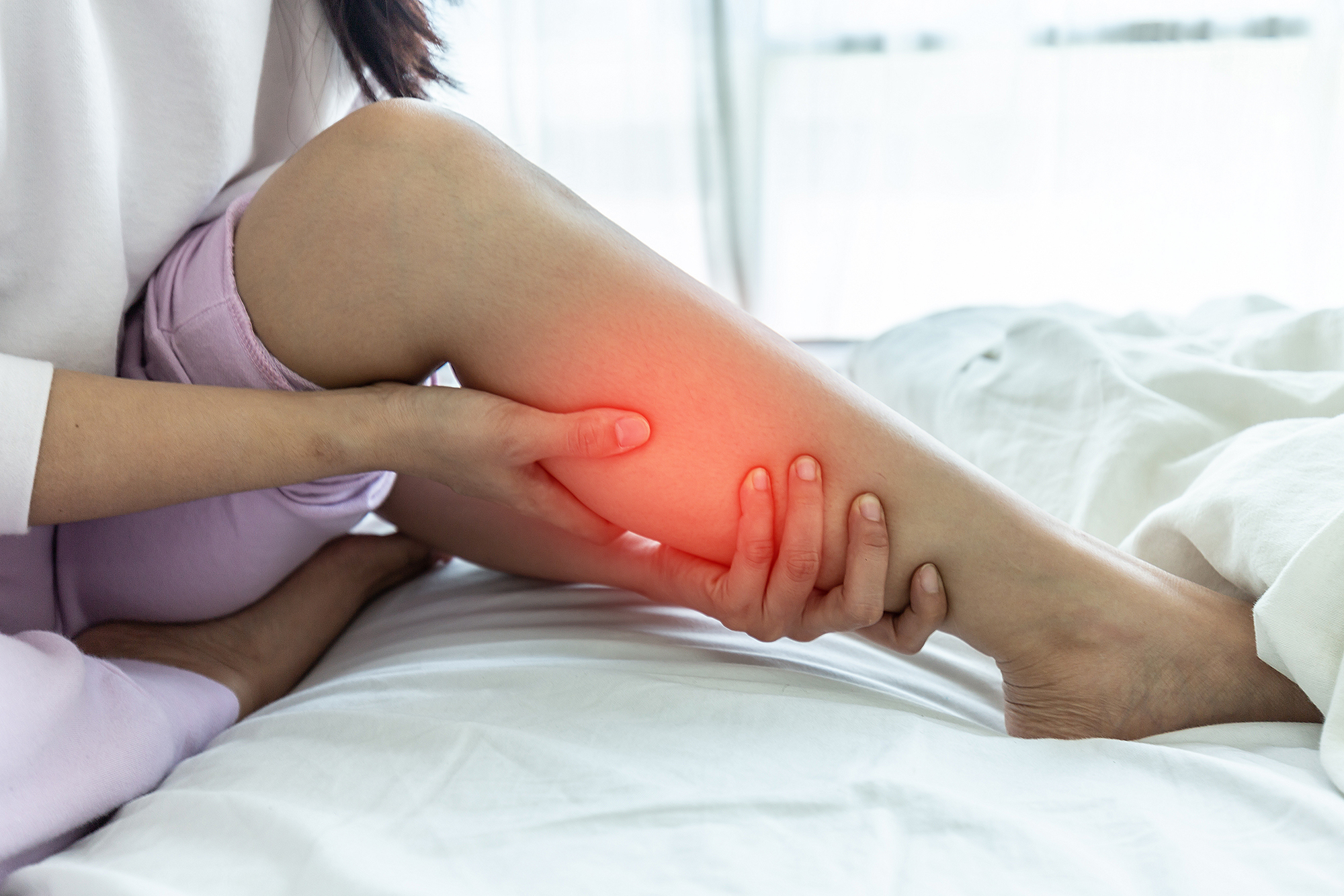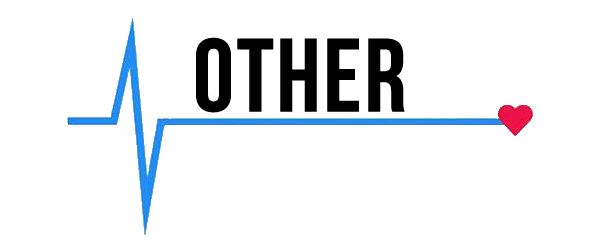Leg Pain: Symptoms, Considerations, & Treatment
Have you ever experienced shooting leg pain running up and down your legs when you walk? Perhaps you’ve been standing for a while and it flares up, or maybe you’re just resting and it comes on suddenly. Many victims find it debilitating, as well as uncomfortable. Even more seek help from a leg pain specialist.
Symptoms of painful lower legs must be treated according to the underlying cause. But if your symptoms persist or worsen, you should see a medical professional. You can receive proper and appropriate treatment for your symptoms after an expert examines you thoroughly.
Why the Leg Pain?
The worst thing anyone can experience is leg pain. You may suffer from a cramp or an unfortunate injury to your muscles, bones, or nerves. In addition to trauma and underlying conditions, there are many other reasons why legs begin to hurt. There can also be overlap between symptoms.
A person may experience pain in the lower extremities steadily, sporadically, or gradually. It can come on suddenly while doing certain activities or even just resting. Just a part — or the whole leg — may be affected. There can be a range of sensitivities associated with painful lower legs, including dull and sharp feelings, aching and stabbing, and even numbness and burning sensations.
The most common types of leg pain are neurological, musculoskeletal, and vascular. There are many who suffer from neurological pain, including restless leg syndrome, neuropathy, and sciatica. Even when you rest, your arms and legs can hurt from neurological pain.
Musculoskeletal pain is characterized by crepitus — or popping and cracking in the knee. As arthritis progresses, joints can become damaged. Bad falls, however, can injure muscles, tendons, and ligaments, causing musculoskeletal pain. Stress fractures, compartment syndrome, and cramps are all musculoskeletal issues.
It’s also common for adults to experience vascular pain, which can be caused by deeply seated thrombosis, vasculitis, varicose veins, varicose eczema, or skin discoloration. Muscles and organs in your body are supplied with blood by your heart. The valves in your blood vessels must function properly to keep blood flowing in your legs. A vessel’s valves become inefficient over time as it stretches. Symptoms begin to appear when deoxygenated blood, cells, and waste in your vessels begin to concentrate.
With so many potential causes, it takes a leg pain specialist to sort through it all.
The Dynamics of Leg Pain
It’s possible to experience leg pain on a regular basis or at random intervals. It can occur with or without activities. Because pain can be caused by a variety of illnesses, there is no set duration. Whenever you are in pain and unable to walk even a few steps, seek medical attention.
If you’re experiencing pain that worsens with walking, is swollen, or doesn’t go away with home remedies, then consult a doctor. The following symptoms should be checked with your doctor as soon as possible:
- Infection — such as redness, warmth or a fever — should be taken seriously.
- Swelling, paleness, or unusual coldness in your legs.
- When a long period of sitting causes your calf or calves to hurt.
- If you are breathing heavily and both of your legs are swollen.
- Unexpected pain.
In many cases, your pain won’t trigger an emergency. However, in any case, if you are unable to stand or walk, you should seek medical treatment right away from a leg pain specialist. You should watch for signs of heat, redness, swelling, or tenderness in your calf. If you’ve sustained a leg injury, accompanied by a popping or grinding sound, be on the lookout for deep cuts or exposed tissue.

Leg Pain Symptoms & Treatment
Symptoms in your legs may be affected by poor vein circulation, resulting in mild to extreme leg pain. Swelling, cramping, and soreness can be caused by inadequate circulation in the veins. Leg muscles and bones may suffer from lower extremity pain if veins cannot transport blood and oxygen to them. Since varicose veins are essentially swollen and bulging veins, they are also painful and uncomfortable.
Vascular diseases or circulatory diseases affect your arteries and veins. Veins and arteries pump blood through your body with the help of your heart. An individual’s veins and arteries both transport blood, but veins specifically move blood back to the heart after oxygen-rich blood has been carried to their extremities by the arteries.
It’s common for vascular disease to manifest itself through limb pain first, but remember that each person experiences it differently. Your limb pain can range in severity. It’s possible to feel pain at any time, whether you are active or inactive. When you first feel pain, it’s easy to ignore it and hope it will go away on its own — but pain in your legs should never be ignored.
Even worse, you could suffer from a serious medical condition called deep vein thrombosis, which can lead to swelling in the legs, more pain, and even blood clots.
Medical treatment, physical therapy, and non-invasive treatments or surgery are all options. It’s common for pain to develop over time as a result of injuries, overuse, or wear and tear. You may be able to manage your pain with some treatments, but others may require more medical attention.
In the event your pain persists or worsens over time, or if you experience immobility or infection symptoms, seek medical attention right away.
Wellness and Pain Can Help
A range of options are available at Wellness and Pain to treat your leg pain. We offer conservative treatments, routine visits, and minimally invasive quick-recovery procedures. We can keep you free of problems by providing lifestyle education and home care advice from a caring leg pain specialist. They’ll help you avoid and manage issues, quickly relieving the conditions inhibiting your life by using cutting-edge techniques.
At Wellness and Pain, we personalize patient care plans based on each patient’s condition and unique circumstances to relieve pain, improve mobility and mental space, and improve your overall health.
Treatments for Leg Pain
NCV/EMG
NCV/EMG
...
Nerve Conduction Velocity
Nerve Conduction Velocity
...
Orthopedic Leg Pain
Orthopedic Leg Pain
Lower extremity orthopedics is a branch of orthopedics that focuses on the diagnosis and treatment o...
Trigger Point Injections
Trigger Point Injections
TPI are used to treat painful and tender areas of muscle. They are intramuscular and subcutaneous in...
Massage Therapy
Massage Therapy
Pain including Muscle Tension, Back and Shoulder pain, Repetitive stress injuries, Headaches, Neck p...
Acupuncture Therapy
Acupuncture Therapy
A traditional Chinese medicine technique that is used to stimulate energy flow and promote healing. ...
Chiropractic Services
Chiropractic Services
Flexion-distraction therapy is a specific gentle technique performed on a segmented table that moves...
IV Hydration
IV Hydration
...











